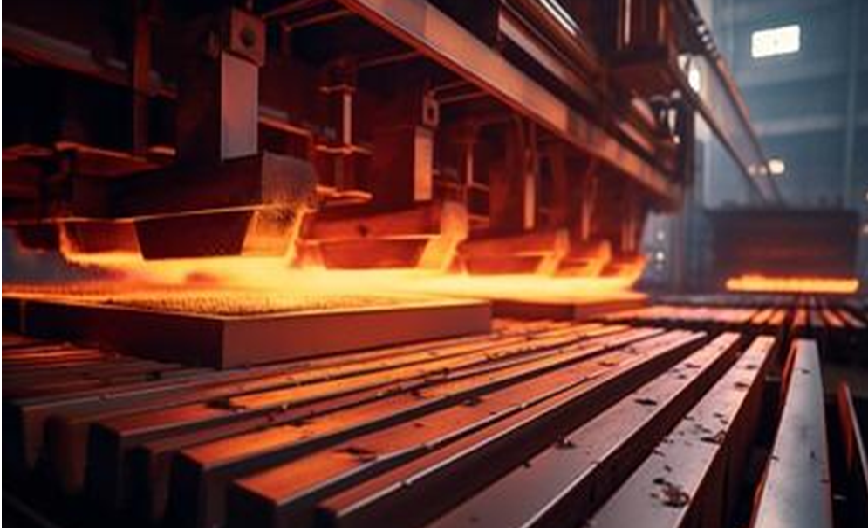
Hot rolled steel is a fundamental material in the world of manufacturing and construction. Its versatility, strength, and cost-effectiveness have made it a staple in a wide range of applications. Whether you’re involved in the construction industry, automotive manufacturing, or any other sector that relies on steel, understanding the basics of hr steel is crucial. In this blog post, we’ll delve into the technicalities of hot rolled steel, providing you with the knowledge you need to make informed decisions about its use.
What is Hot Rolled Steel?
Hot rolled steel, often abbreviated as hr steel, is a type of steel that undergoes a specific manufacturing process. It starts as a large rectangular billet or slab, typically made from cast ingots or continuous casting. The process involves heating the billet or slab to extremely high temperatures (around 1700°F or 926°C) in a furnace. Once it reaches the desired temperature, the steel is rolled through a series of rollers to achieve its final thickness and shape. Unlike cold rolled steel, which is processed at room temperature, this type of steel is formed while it is still hot and malleable.
Chemical Composition
The chemical composition of hr steel can vary depending on the specific grade and intended use, but the most common elements found in this type of steel include iron, carbon, manganese, and small amounts of other alloying elements. The carbon content, in particular, plays a significant role in determining the properties of this variant of steel. Low-carbon hr steel is more ductile and easily weldable, making it suitable for a wide range of applications, while high-carbon steel is stronger and harder, making it ideal for structural components and machinery.
Grades and Applications
This steel is available in a variety of grades, each designed for specific applications. Some of the common grades of hot rolled steel include:
A36: This is a popular structural grade used in construction and general fabrication due to its excellent weldability and strength.
A572: A high-strength, low-alloy steel often used in construction and heavy machinery.
C1018: Known for its excellent machining properties, it is used in various machine parts and components.
1010/1018: These low-carbon steels are commonly used for making parts that require bending, crimping, or riveting.
AR400/AR500: Abrasion-resistant steels suitable for applications involving heavy wear and tear, such as mining equipment and steel for tractor trailer construction.
Mechanical Properties
This steel possesses specific mechanical properties that make it desirable for various applications:
Ductility: Its ductile nature allows for easy welding and forming, making it adaptable to various manufacturing processes.
Toughness: Hot rolled steel can withstand impact and load-bearing stresses, ensuring durability in demanding environments.
Yield Strength: The yield strength of hot rolled steel varies with grade and thickness, with higher strength grades available for more demanding applications.
Surface Finish
One key characteristic of this steel is its surface finish, which can be rougher compared to cold rolled steel. The heating and rolling process can leave a scale on the surface, which gives this variant of steel its unique texture. While this rough surface may not be suitable for some aesthetic applications, it can provide an excellent grip in applications where slip resistance is essential, such as construction equipment or industrial flooring.
Advantages of Hot Rolled Steel
Cost-Effective: They are often more cost-effective than cold rolled steel due to their simpler manufacturing process.
Availability: It is readily available in a wide range of sizes and thicknesses, making it a versatile choice for various projects.
Strength: They offer excellent strength and load-bearing capabilities, making them suitable for structural applications.
Weldability: Its ductility allows for easy welding and fabrication, reducing labour costs.
Final take:
Hot rolled steel is a fundamental material in various industries, thanks to its strength, versatility, and cost-effectiveness. Understanding its chemical composition, grades, mechanical properties, and surface finish can help you make informed decisions when selecting the right material for your project. Whether you’re building structures, manufacturing machinery, or creating consumer products, hr steel is a reliable choice that stands the test of time. Its combination of strength, durability, and affordability makes it an essential component in the world of steel manufacturing and construction.
